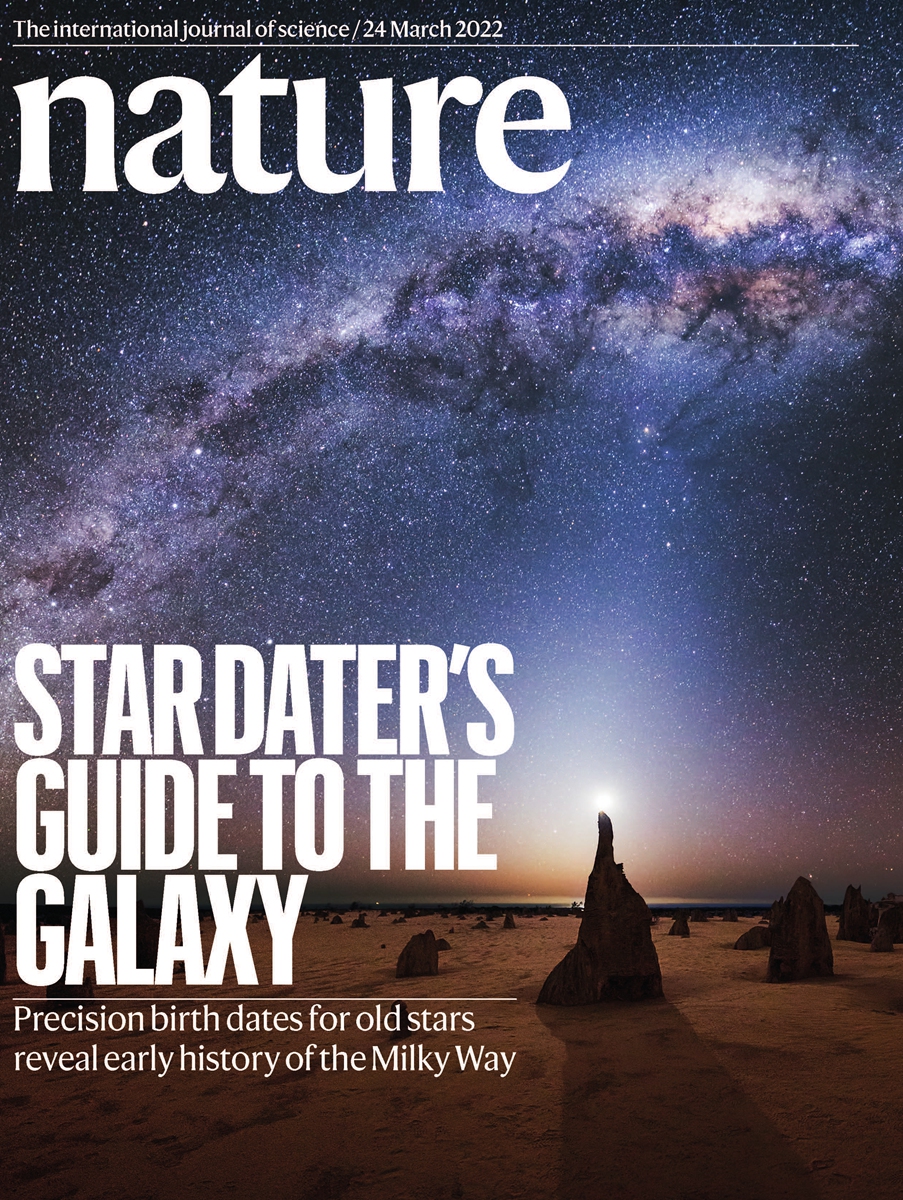SCI-TECH / AIR & SPACE
Research from China’s LAMOST suggests Milky Way is older than believed

Photo: courtesy of the NAO
Based on monitoring data collected by China's Large Sky Area Multi-Object Fiber Spectroscopic Telescope (LAMOST) and European Space Agency (ESA) Gaia Mission, astronomers have obtained the most accurate information so far concerning large samples of stellar ages, and their work suggests that the Milky Way is older than has long been believed.
The findings were published in the journal Nature as the cover story on Wednesday, compiled by astronomers Xiang Maosheng and Hans-Walter Rix of the Max-Planck Institute for Astronomy, Germany.
They analyzed a survey of nearly 250,000 stars - ranging in age from 13.8 billion to 15 billion years - to track our galaxy's expansion by cross-referencing their lifecycles with the Milky Way's movements.
The National Astronomical Observatories (NAO), the Chinese Academy of Sciences, the operator of the LAMOST - a leading optical telescope project in China that is also known as the Guo Shoujing Telescope, hailed the development in a statement it provided to the Global Times on Thursday, saying the findings based on the large telescope in North China's Hebei Province clearly reconstructed images of the formation and evolution of the Milky Way during its "infancy and adolescence" in a chronological fashion.
Xiang is a postdoctoral researcher with the NAO, and is living abroad. Xiang will join us soon, sources with the NAO told the Global Times on Thursday.
"Our results indicate that the formation of the galaxy's old (thick) disk started approximately 13?billion years ago, only 0.8 billion years after the Big Bang, and 2?billion years earlier than the final assembly of the inner galactic halo," read the published article.
LAMOST has released tens of millions of items of stellar spectral data, becoming the cornerstone of the digital galaxy. ESA's Gaia satellite provides a map of the positions and movements of 1.4 billion stars. Such a perfect match gives astronomers a unique advantage in tracing the integration and evolution of the Milky Way, the NAO said.
The LAMOST, one of China's first major astronomy projects, has helped the country discover the most massive stellar black hole and the most lithium-rich giant star ever known.
It is expected to be moved from Hebei to the township of Lenghu in Northwest China's Qinghai Province, which has a clear night sky, with excellent astronomical viewing, and less atmospheric disturbance and light pollution. The relocation is expected to take about one year and further construction of the telescope in Lenghu will take another four years, the NAO revealed in December 2021.
China released the eight-year survey dataset of the LAMOST in April 2021, according to the Xinhua News Agency. The report said that the number of spectra launched by the LAMOST is expected to break 20 million items by 2022.
Finished in 2008, the LAMOST began regular surveys in 2012. In June of 2020, the eight-year spectrum survey was concluded. Before the LAMOST was built, humans could observe more than 10 billion celestial bodies, while only one in 10,000 had ever been observed through the spectrum, Xinhua reported.


